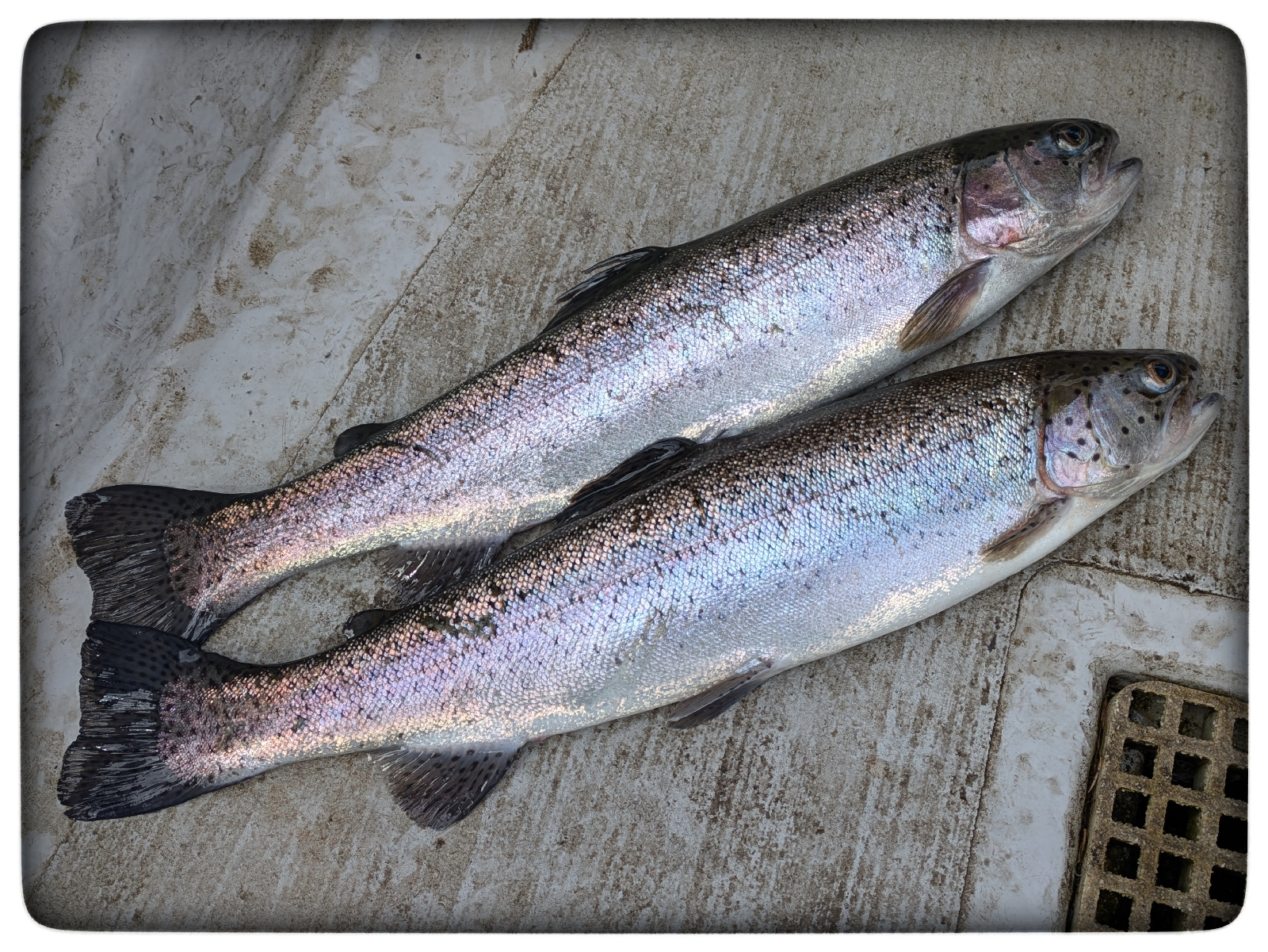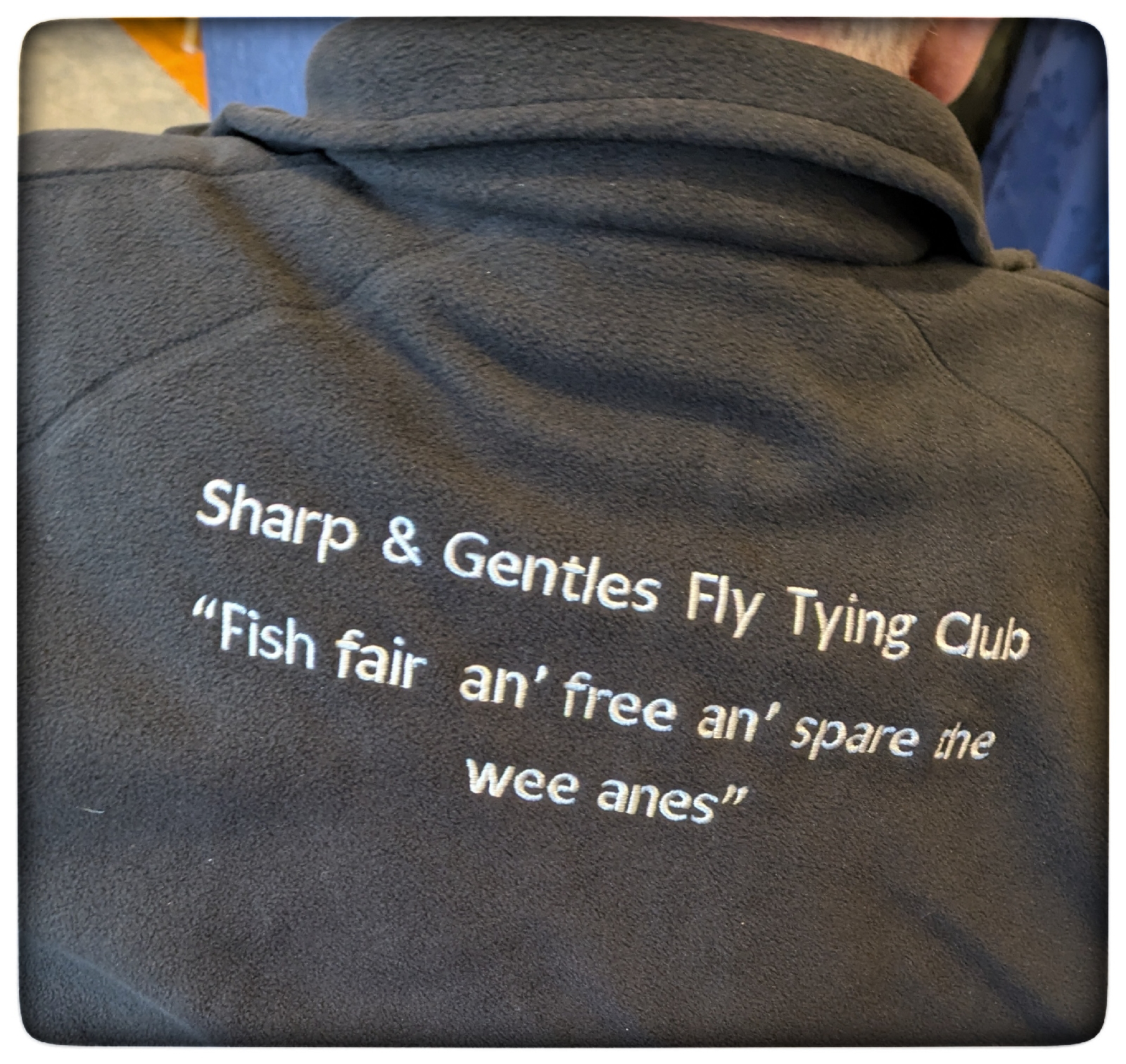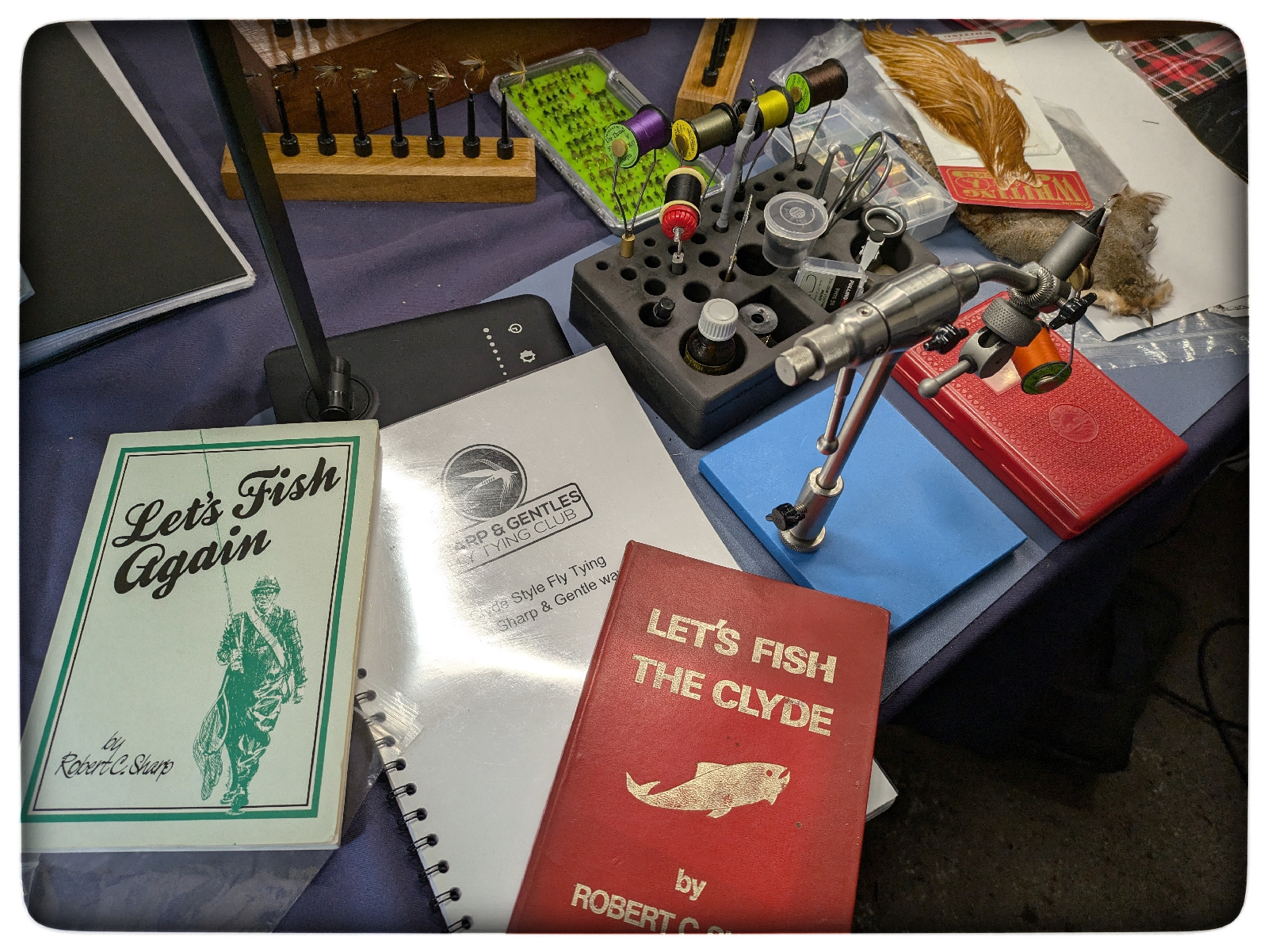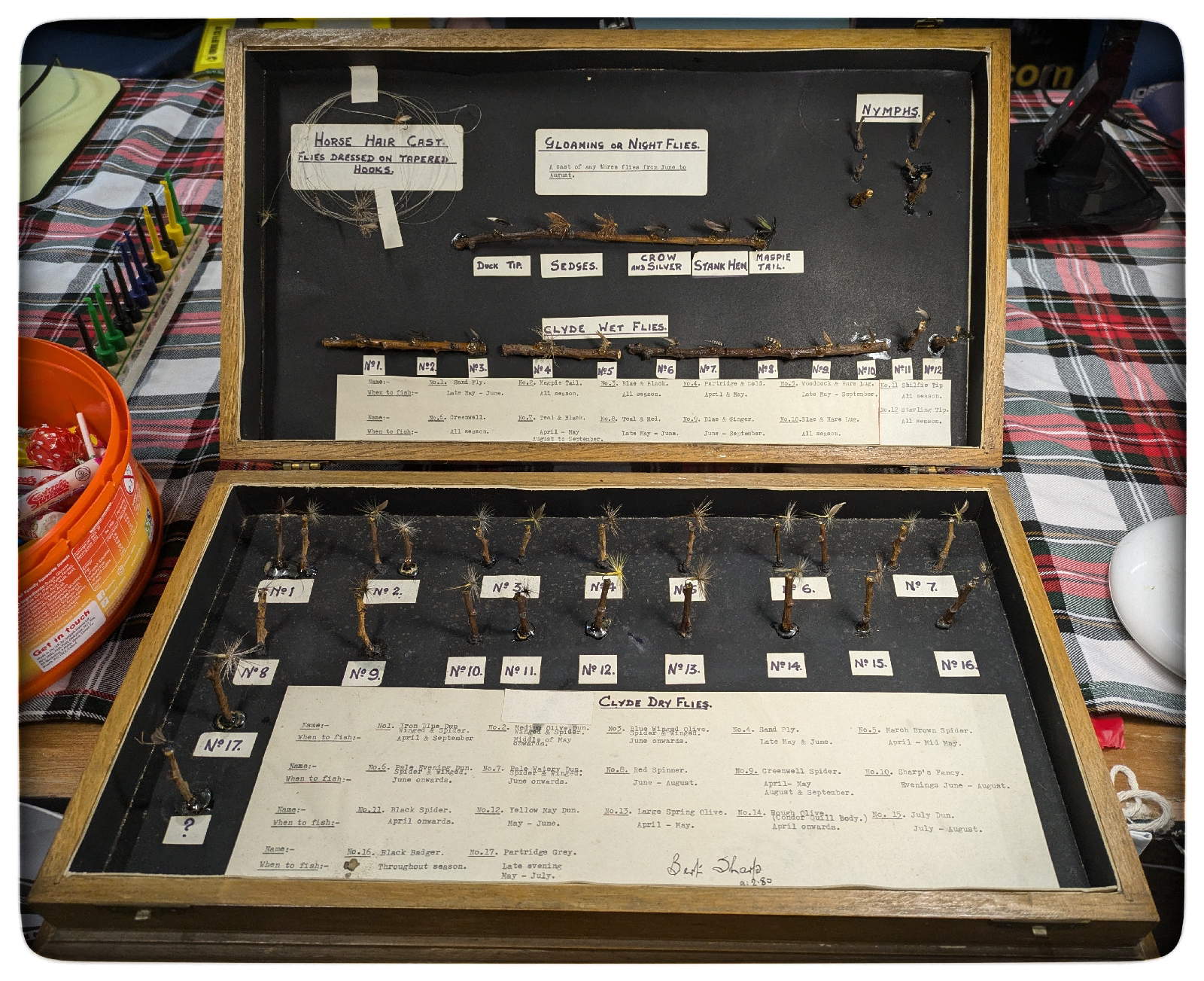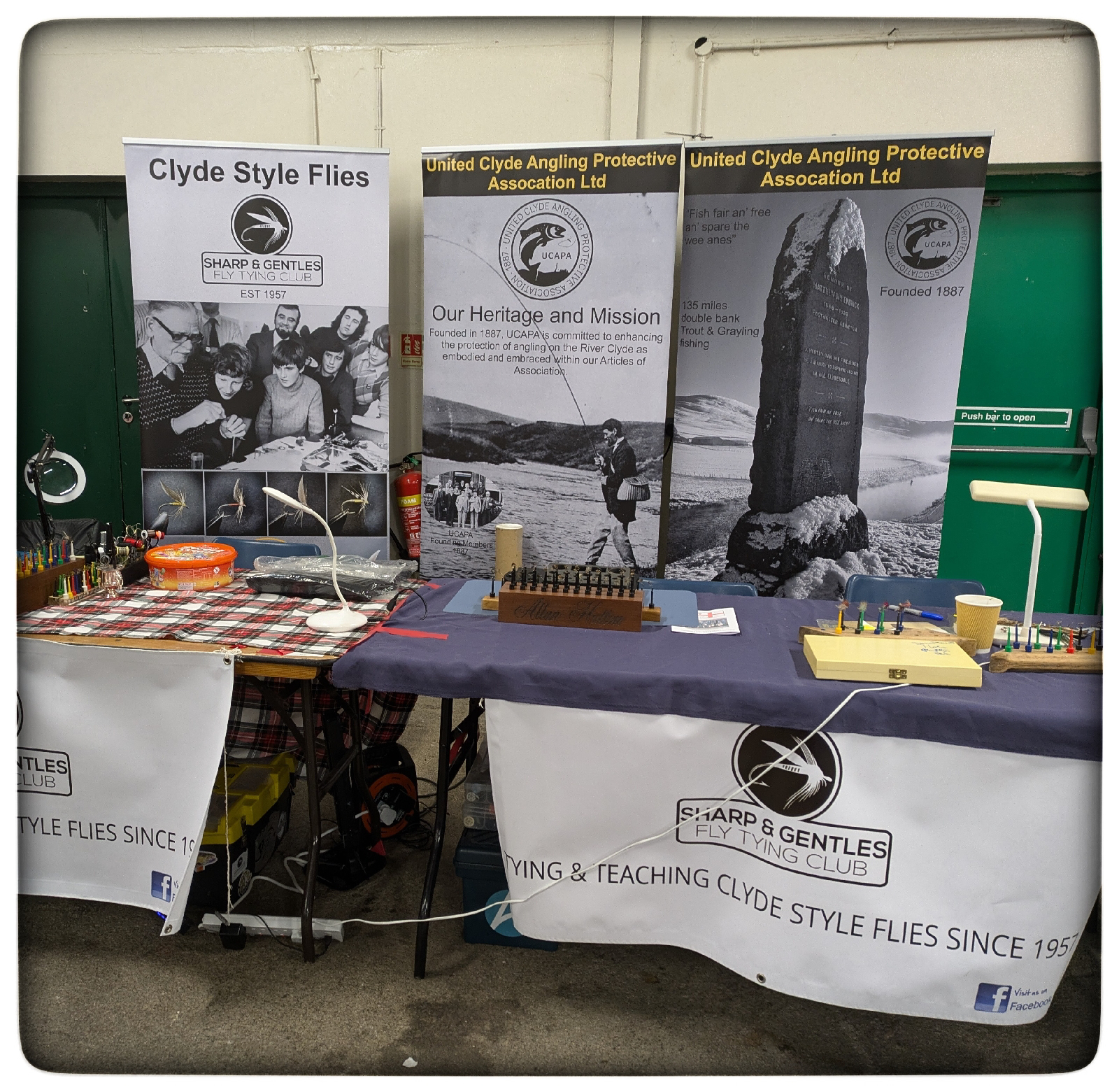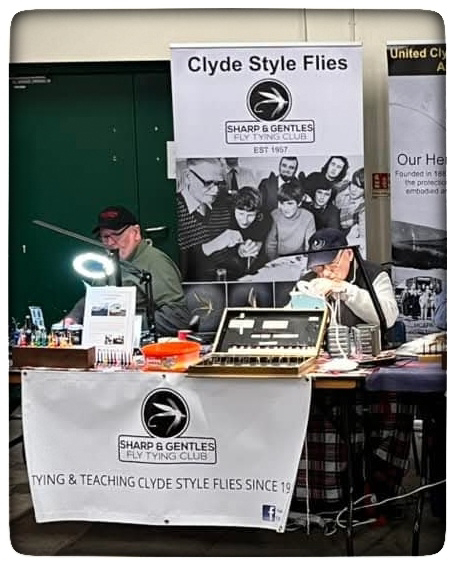In mid-April, life threw me a curve-ball. I suffered a serious and unexpected health setback that landed me in hospital for a week. It was a frightening time, and I’m now facing several months of recovery.
It wasn’t exactly how I imagined kicking off spring and early summer, especially since I had been looking forward to a fishing holiday in Caithness, planned since last year. The timing couldn’t have been worse. But after talking it through with my family and the stroke team, they gave me some clear and encouraging advice: live your life, take it easy, get plenty of rest, and do the things that bring you joy. It might actually help the healing process.
So, on Saturday17th of May, three weeks after leaving hospital I set off with three friends on a long drive north to our Lochside cottage at Yarrows Loch on the Thrumster Estate, just a few miles south of Wick.
It was the perfect spot to unwind and enjoy the outdoors. I’d visited Yarrows last year with a friend and had an amazing time fishing from the boat, so I was looking forward to getting back out on the water. The plan was simple: relaxed mornings and peaceful evenings afloat with rod in hand.
Unfortunately, when we arrived, we noticed that the estate’s boat had been damaged and was taking on water. They did provide a replacement, but my friend wasn’t confident it was big enough for two anglers. Although the original boat was temporarily patched up, I never did get out on the loch this time around. Instead, I stuck to fishing from the shore for short periods at a time, something I hadn’t planned but still enjoyed.
After settling into the cottage, Scott, as always, took charge of the kitchen and cooked us a fantastic meal. Later that evening, I kicked back on the couch and watched the Airdrieonians FC retain their Scottish Championship status live on tv.
When the match was over, I took a short walk from the garden down to the loch. The air was calm, and the mist was just beginning to roll in. I caught four beautiful trout and missed a few more. It felt peaceful, almost meditative. As darkness settled over the water, I made my way back to the cottage and retained my status on the couch. I felt elated and raised a quiet thanks to the Watten Warriors, the Blue Zulus and the Diamonds for getting my holiday off to a perfect start.
The next morning, I woke to find the weather apps had been spot on, it was a beautiful, sunny day with a gentle breeze. After breakfast my companions set off to fish a nearby loch but I decided to take things slow and spent a peaceful day on the garden bench, soaking in the lovely view, drinking coffee, and tying a few casts. At one point, I watched in awe as an Osprey swooped in, scattering the gulls as it hunted over the water. It didn’t take long for the magnificent bird to snatch a trout and fly off with its catch. A truly wonderful sight to witness.
Later that afternoon, my companions returned with reports of trout caught, others missed and lost. We sat outside with cold drinks and coffee, enjoying the glorious weather. Collectively we decided that after dinner we’d head out to fish Yarrows again. We fished for a couple of hours until darkness fell. I stayed close to the cottage while the others wandered farther along the loch’s eastern shore. Numerous trout were caught and safely returned to the water.
That night, gathered back at the cottage over supper, we began planning the week ahead. We had no shortage of options, with several renowned Caithness trout lochs such as Watten, Calder, St John’s, Toftingall and Heilen all less than a half-hour’s drive from our base.
As planned Tam and George travelled over to Thurso on Monday morning to arrange the fishing with the tackle shop. Things didn’t go quite as smoothly as expected at first as the booking information provided on the DFFA website turned out to be incorrect. Fortunately, the issue was resolved, and they were able to secure boats and fishing for us.
Upon their return, they informed us that they had successfully booked three evening sessions: Loch Watten on Monday and Thursday and Loch Calder on Tuesday.
The rest of the day passed peacefully. I spent a relaxing afternoon in our Lochside garden, enjoying the calm and looking forward to our first outing on Loch Watten that evening.
Dinner was a treat: venison stew, generously provided by George and prepared by Scott.
After the meal, we made the short twenty-minute drive to the Oldhall boat moorings at Loch Watten which is fondly known as “the jewel in the crown of Caithness trout lochs.”
At the moorings, we met a few local anglers preparing to go afloat. They kindly offered advice on fly patterns and areas to fish. While I appreciated their insight, I was confident in my own fly selection and eager to get on the water.
George and I focused our efforts in the Laid Bay area and were well rewarded. We caught several of the spirited, beautiful Watten trout that the loch is known for. I netted two, with a few more raised or lost and George had a similar experience. Our most successful flies were the Watten Warrior and foam daddies. The conditions were ideal with plenty of surface activity and fish rising throughout the evening.
It was after 11pm when we returned to the moorings, just as the sky lit up with a stunning Caithness sunset. Our two other companions also enjoyed a productive evening on the Loch too.
On the drive back to our base, we encountered an astonishing blizzard of flies all along the road to Watten village. I had never witnessed anything like it in my life—the insects swarmed so densely they formed what looked like a furry carpet across the front of the car.
The next day we just hung about the cottage enjoying the sunny weather until the early evening and the drive out to Loch Calder. On arrival at the south end of the Loch it was obvious we wouldn’t be getting out on the boats as there was a fierce north wind blowing straight right down the exposed loch towards us. After a quick phone call, we managed to secure a couple of boats on Watten again instead.
Conditions were much more favourable at Watten and we were soon out on the distinctive blue DFFA boats. Scott and I drifted between Sandy Point and the red hut all evening until darkness fell and a chill filled the air. Although the surface activity was much less than the previous evening, we all had a very enjoyable evening catching, losing and missing numerous lively Watten trout on a variety of the usual fly patterns such as Zulus, hogs and warriors.
Wednesday was a much-needed rest day for me while the others went to Wick for supplies and fished Yarrows in the afternoon. The fatigue caused by my condition had been catching up with me, and although the fishing so far had been a welcome distraction from my health issues, there were still moments when anxiety would creep in. During those times, I’d sit quietly in the garden, looking out over the loch, letting the calm scenery help me slow down and reset.
I woke up early on Thursday morning and sat in the cottage garden eating my breakfast and drinking coffee in the early morning sunshine. I felt good and positive and dared to think my eyesight was improving. I had actually surprised myself this week by being able to tie up casts and leaders, changing flies at dusk on the boat was still a challenge though.
I just rested in the afternoon while the others had a few casts on Yarrows then as before, after dinner we set off over to Loch Watten.
When we arrived at the boats, the wind was fairly strong. However, we knew it was forecast to drop as the evening wore on, so we simply loaded our gear into the boats and spent about an hour chatting and waiting it out. Sure enough, the wind gradually eased, and before long, we were off.
Tam and I motored over to Laid Bay where I fished on the first night at Watten.
Conditions were perfect as before as we made numerous productive long drifts into the south shore.
Tam and I caught a fair number of good trout but the most memorable ones were the ones we lost. Laid Bay had been a fantastic choice to fish again. It was all a bit fast and furious as the encounters with trout happened in the last hour and a half or so. Sedge hogs and stimulators were the successful patterns for me and my goodness the trout hit them with real aggression. It was after 11pm when we reluctantly got back to the boat moorings that night.
The drive back to the cottage was quiet until, out of the darkness, an owl suddenly struck the windscreen, giving us an almighty fright. At the time, I was too cold and worn out to register anything beyond the shock. Only later did I consider the strange thought of what a treasure trove of fly-tying materials that owl might have provided. But in that moment, all I wanted was a warm bed and sleep.
I woke on Friday morning and had my breakfast in the garden once again in the glorious weather. I was happy to hang around the cottage and just let my mind wander and admire the scenery in front of me. Later in the afternoon
I had a few casts on the loch not too far from the Cottage. I caught a couple of Yarrows small trout and was then content to reel in my line and break down my rod and pack my fly fishing gear away.
Back at the cottage Scott cooked one las meal and later after dinner we tidied up the cottage and packed away everything in preparation for the long drive home in the morning.
I had one las wander in the field next to the cottage and met the farmer, he was gathering in his sheep as he wanted them under shelter as the weather was changing and heavy rain was predicted for tomorrow morning. My wandering led me down to the loch where I sat on a rock contemplating my week in Caithness.
This had been a fishing holiday I didn’t think was possible as I lay in my hospital bed a few weeks ago. This stravaig had marked a milestone in my recovery, both physical and emotional, each cast, each rise and each fleeting glimpse of a trout rising to the surface reminded me that I'm alive! still able to connect with my passion for flyfishing. Out here, surrounded by nature, I found a piece of myself I thought I might have lost. Recovery isn't a straight path, and there are days that still test me but this trip reminded me that strength can return in quiet gradual ways. Sometimes, a bit of fresh air, good company and sitting in a boat with a rod in hand and a trout on the end of the line is exactly what the doctor ordered.


















